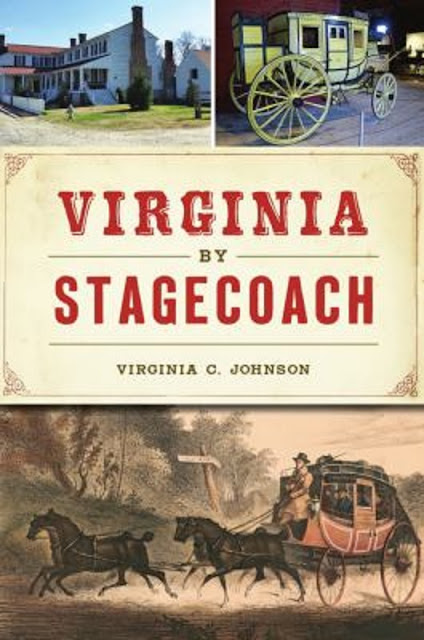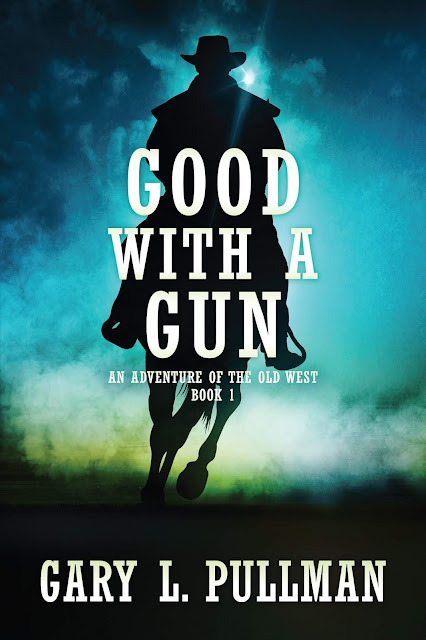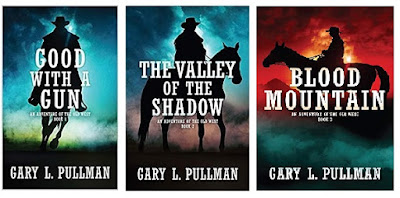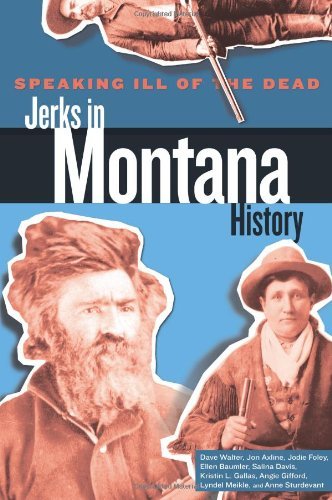Copyright 2019 by Gary L. Pullman
Riding a horse at night
sounds dangerous—and it can be—but it's not necessarily risky, if
riders take precautions.
During cattle drives,
cowboys often rode at night, as, on occasions, did posses hot on the
trail of suspected outlaws.
In the days of the Wild
West, there were no superhighways, streetlamps, or other modern
inventions to worry about (night traffic can startle horses, and
bright lights can temporarily blind them, neither of which situations
is good for the safety of the horse or the rider).
Still, riding at night had
distinct disadvantages on the frontier. Despite their good night
vision, horses couldn't see every obstacle on the trail. Low branches
could knock a rider from his or her mount. The resulting fall could
break an arm or a leg (or a neck). Depending on where one rode, there
could be close encounters of the worst kind, too, with bears,
cougars, or other nighttime predators. In the event that a horse
encounters an animal that might be a predator, it is apt to bolt,
rather than to stand its ground while it attempts to discern whether
the other animal is a threat. For horses, discretion is the better
part of valor.
Most often, night riders
rode in the company of others, whether fellow cowboys, other members
of a posse, comrades in arms, or other members of their outlaw gangs.
They'd avoid any gait other than a walk,
unless they were sure the path ahead was level and free of obstacles.
Not all night riders were
men, and not all of them rode horses by night on the frontier. Women
also rode horses at night. One, a sixteen-year-old Connecticut girl,
Sybil
Ludington, rode forty miles, through the night in April 1777, “to
warn her father's troops about a British attack on Danbury,”
earning the praise of General George Washington. Thereafter, she
became known as “the female Paul Revere.”

As Virginia C. Johnson
makes clear in Virginia
by Stagecoach,
“Old Moll” Tate may not have ridden a
horse after sunset, but she drove “the night stage from Abington to
Blountville,” Virginia, “for several years” as a means of
earning a living for herself and one of her children after losing the
rest of her family, including her husband, to a plague (137).
She had excellent night vision, which allowed her to avoid a tree
that had fallen into the road (137). After mail she was carrying had
been stolen, “Old Moll” Tate carried a “dummy” mail bag to
“foist on any would-be robbers” (137). An extraordinary woman,
she had fourteen given names, having been named after “each of the
women who attended her birth and one for each of her aunts”: Mary
Malzeeda Susan Elizabeth Cynthia Parnintha Sarah Adeline Rosey Daisy
Laura Lucretia Louisa Jane (137).

According to Pinkerton
detective Charles (“Charlie”) Siringo's A
Cowboy Detective, Butch Cassidy escaped
riding bareback one night and, to avoid lawmen, continued to ride at
night, sleeping during the day. A posse led by William Beeler, on the
trail of outlaw Kid Curry and his gang, “waylaid” Cassidy and his
fellow traveler, outlaw “Red” Weaver. The lawmen continued to
hunt Curry, as he and his gang “committed bloody crimes” as they
rode north, but Cassidy escaped the posse's custody and lived on
“nothing . . . but crackers.” It was only after Cassidy received
news at one of the gang's “blind post offices,” that he learned
the men from whom he was hiding during the day weren't members of
Beeler's posse, after all, but his own “friends” (368).
Siringo himself was no
stranger to night riding. Advised that a party of three-hundred men
planned to “take over” Murray, Idaho, in order to kidnap him,
Siringo writes, “I would pretend to retire to my room for the
night; . . . then, I would slip down the back stairs and [ride] up
the mountainside.” He would remain awake . . . on the mountainside
overlooking the town,” his Winchester “ready for action,” until
morning, when he “would return to the hotel . . . and slip into
[his] room” (184). After providing testimony to a grand jury,
Siringo thwarted “Dallas and his gang,” who intended to ambush
him, by riding a rented horse twenty miles to Wallace instead of
taking the stagecoach, the route of which went through “a dense
growth of timber and underbrush,” which would have made ambushing
the stage an easy matter (184).

In Pat
Garrett: The Story of a Western Lawman,
Leon Claire Metz recounts a night ride undertaken by Garrett and his
posse. Charlie Thompson, Bill Gatlin (aka Dan Bogan), and Wade Woods were wanted for
cattle rustling, and Garrett had obtained warrants for their arrests.
The suspects were believed to alter the brands of the cattle they
stole using “a versatile brand called the Tabletop.” So effective
was the technique in changing marks that the difference was
undetectable “unless the animal was killed and skinned and the hide
turned inside out so that the old and new brands could be compared”
(143).

Learning
that the wanted men were hiding out in “a rock house at red River
Springs near the Canadian River,” Garrett and his posse, joined by
Sheriff James East, rode forth at night, during a fierce snowstorm,
which, Garrett believed, was the most effective occasion “to hunt a
badman” (143). The posse rode throughout the night, “pausing
stiff and nearly frozen at two o'clock in the morning to feed their
horses and bolt down a warm meal.”
Bill Gatlin (aka Dan Bogan)
Despite
approaching the hideout from a direction that prevented the outlaws
from seeing their approach, Garrett and his posse were spotted by Bob
Basset, a member of the gang who was collecting firewood. Running
back toward the house, Basset warned the other wanted men of the
arrival of Garrett and his posse (143). To avoid a shootout, nine of
the men inside the house left the domicile, including two of the
suspects, Charlie Thompson and Wade Wood, who surrendered, but
Garrett made the mistake of allowing Thompson to return to the house
to fetch his coat, and Thompson then refused to return, saying he
would fight and die beside Gatlin, who remained in the house.
However, assuring Thompson of a fair trial, East was able to talk him
into surrendering, and the arrests were made, after East entered the
house and convinced Gatlin, with whom he had once herded cattle, to
also surrender 143).
The
outlaws were jailed in Tascosa, but Gatlin and Thompson escaped,
using a file “someone [had] slipped them” to cut through their
handcuffs (145). For their efforts, Garrett, East, and the rest of
the posse retained in custody only two of the four fugitives they'd
brought to justice.

Bob Switzer
Plenty
of others rode horses at night (or drove stagecoaches after sunset),
but none of them were equipped with the supplies recommended by
today's experts—largely because most of these supplies didn't exist
in the days of the American Wild West. For example, Equisearch:
For People Who Love Horses
recommends that night riders “carry a flashlight in case of
emergencies,” being careful not to spook the horse in using the
instrument. For greater visibility, the wearing of “reflective
clothing” is also recommended (“Riding
Your Horse at Night”). Battery-powered flashlights
weren't patented until about 1899, and Bob Switzer didn't invent
reflective
clothing until the 1930s (he tested his new Day-Glo paint on his
wife's wedding dress!), and such attire didn't become popular until
World War II, when aircraft carrier crews began to wear it.
Another
website, The Spruce Pets,
recommends night riders carry not only flashlights and wear
reflective clothing, but also equip themselves with headlamps, and
wearable LED lights (“Safety
Tips for Horseback Trail Riding at Night”). Headlamps
did exist in the early 1880s, but they weren't the type of lights
riders would want to use. They burned acetylene or oil, and, although
the flames produced by such fuels were wind- and rain-resistant, it
seems safe to bet they'd frighten horses.
British
researcher H. J. Round invented the first light-emitting solid-state
diode (LED)
in 1907, but the public couldn't buy an LED light until dim red LED
lights became “commercially available” during the 1960s, well
past the era of the Wild West.
Horse & Rider
is even more particular in regard to recommendations for safe night
riding. A host of “special gear” is needed, the website's “Trail
Riding at Night” article suggests, including “a handheld
flashlight” as well as “a first-aid kit, a multipurpose tool, an
EasyBoot,” glow sticks, and duct tape.
1888 Johnson & Johnson first-aid kit
We've
already addressed the origin of flashlights. Commercially available
first-aid kits appeared in 1888
(although riders could certainly assemble their own kits before then,
if the thought occurred to them).
Sheffield contrivance
Such
multi-purpose tools as the Modell [sic]
1890 “Sheffield contrivances,” as Herman Melville identifies them
in chapter 107 of Moby Dick,
consisted of pocket knives
containing, all in one, “blades of various sizes, . . .
screw-drivers, cork-screws, tweezers, awls, pens, rulers,
nail-filers, [and] countersinkers,” and the Swiss army pocket knife
debuted in 1890, featuring a spear point blade, a reamer, a
can-opener, a screwdriver, and water-repellent grips” (The
Swiss Army Knife Owner's Manual,
September 7, 2011). For Wild West night riders who rode after 1890,
these multi-purpose tools could have been carried in the saddlebags.
The
EasyBoot
was first sold in 1970, and could “be applied to the barefoot hoof.
. . and used as a spare or . . . when a barefoot horse needs
additional hoof protection,” so, of course, this item was
unavailable to the night riders of the Old West.
When
Edwin
A. Chandross of Brooklyn, New York, in experimenting with luminol
in the 1970s, mixed hydrogen peroxide with oxalyl chloride and dye,
the mixture “emitted a [feeble] visible light,” but glow sticks
were not invented until 1976, when, after a variety of materials and
devices were patented, “the first . . . device to resemble glow
sticks as we know them today,” the Chemiluminescent
Signal Device, was patented by Vincent J. Esposito, Steven M.
Little, and John H. Lyons. Clearly the night riders of the latter
half of the nineteenth century would not have had access to glow
sticks.

Duct
tape was invented in 1943, after Vesta Stoudt, a worker at the Green
River ordnance Plant in Illinois, wrote a letter to President
Franklin Delano Roosevelt, asking him to pursue her idea of replacing
the thin tape that sealed packages of cartridges used to launch rifle
grenades with a stronger “cloth-based waterproof tape” that would
not tear away when soldiers opened the ammunition packages, leaving
them “frantically scrambling to claw the boxes open while under
enemy fire.” She'd proposed the idea to her superiors at work, but
it seemed to have gone nowhere. Roosevelt forwarded her letter to the
War Production Board, which contracted the task of producing the tape
to Johnson & Johnson. Although duct tape might be highly
recommended for night riders' use, those who rode horses at night
prior to World War II wouldn't have been able to adopt the suggestion
(“The
Woman Who Invented Duct Tape”).

Of
the modern recommendations for items to carry on night rides, the
horsemen and horsewomen of the Old West would have been able to take
with them headlamps (although they probably wouldn't have wanted to
do so, as the flames would have startled their horses),
self-assembled first-aid kits, and multi-purpose tools of the type
that Melville describes or the earliest Swiss army knife alternative.
Mostly, though the night riders of the Old West (and of eras before
then) would have had to trust their horses' excellent night vision,
the animals' instinct, and their own experience as riders. Examples
such as those of Ludington, Tate, Siringo, Garrett, and others
suggest that the night riders' trust in their horses' night vision
and instinct was well placed.














































